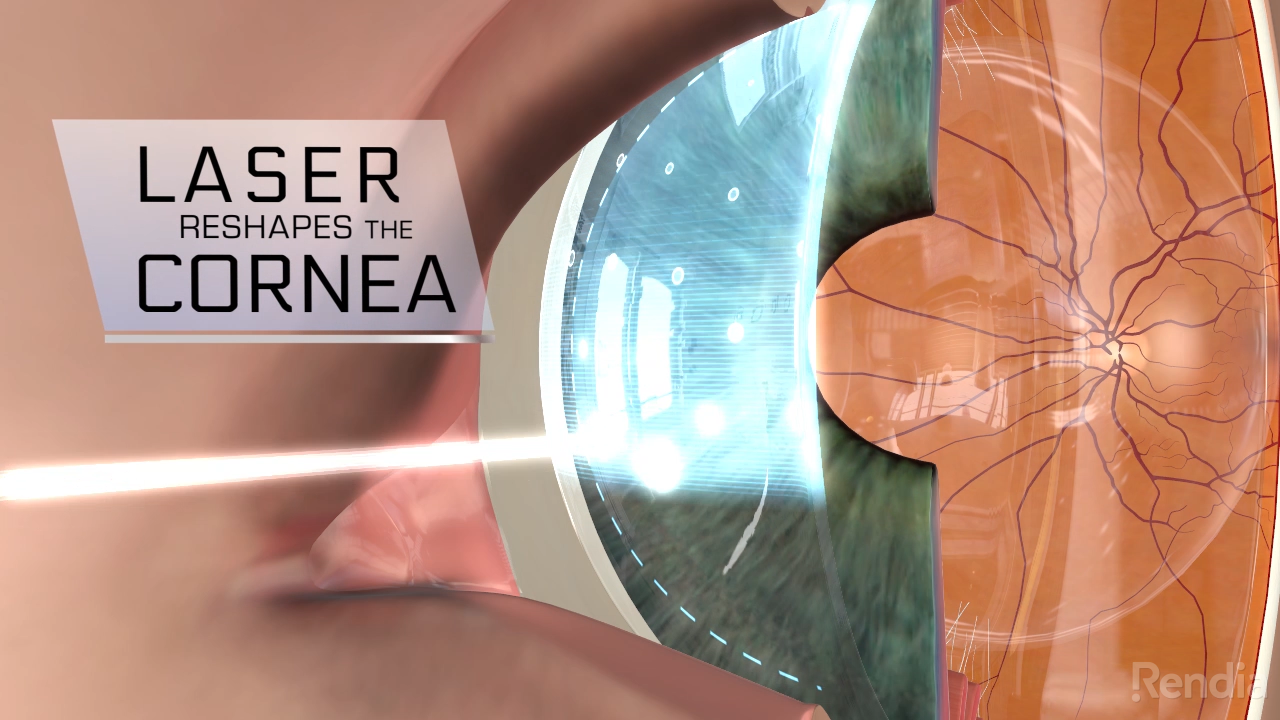How eye doctors can better capitalize on the growing interest in laser vision correction
The wake of the seismic changes we’ve seen in 2020 has caused ripple effects in nearly every industry. In ophthalmology, there’s been an uptick in laser vision correction, which had never returned to pre-2008 levels. Is this a fad stemming from the pandemic, or the beginning of a trend? And what can eye doctors do to keep volume high in 2021?
Quality of life spurs increase in elective procedures
More people are deciding to address the issue permanently by getting LASIK surgery. Online searches in the U.S. for LASIK spiked when COVID-19 hit, according to Bloomberg, and LASIK is now forecast to hit $4.1 billion in sales by 2027, more than doubling the total in 2018. Another factor is the increasing prevalence of myopia and other conditions.
More people, especially younger adults, are getting laser vision correction done. LASIK is projected to hit $4.1 billion in sales by 2027.
“LASIK’s revival is part of an industry-wide boom in elective procedures during the pandemic,” reported Bloomberg. And younger adults are driving the trend, as L.A. ophthalmic surgeon Neda Shamie, M.D., told Bloomberg. She has seen a 30 percent jump in LASIK procedures at her practice, with the average age of a patient being 34 years old—seven years younger than the average patient in the early 2000s, she said. An informal survey of other big eye-care practices around the country reported similar findings.
Younger patients expect more education and service
Part of the reason for the increase in LASIK procedures is that many people are not spending on travel, entertainment, and dining the way they used to, so they have more disposable income to spend on self improvement. However, younger patients seem to be more driven by educational information than discounts.
“For example, to influence them, you’re better off saying something like, ‘Visit our site to download the latest report that shows LASIK is safer and more affordable than contact lenses in the long term,’ rather than, ‘Save $500 on LASIK,’” recommended the Review of Ophthalmology.
Younger patients also expect a higher level of service, such as telehealth and evening hours. Denise Visco, M.D., an ocular surgeon in York, Pa., has her laser vision correction patients come in for slit lamp exam with an optometrist. It is recorded and shared with the surgeon, who has a telehealth visit with the patient to discuss their options, often in the evening after work. This strategy has been working quite well for her practice, she told The Ophthalmologist. “We’ve seen our numbers for LASIK, SMILE, and PRK are all up this year compared to the same time last year.”
Younger people are more influenced by a higher level of service and patient education, including customized vision simulations, than discounts.
Another way to add value to your consults with laser vision correction patients, whether in-person or via telehealth, is to show them what their post-op vision could look like using advanced vision simulation. Rendia’s Outcome Simulator lets you customize what each patient sees, giving them a true picture of their vision, before and after treatment. You can show patients realistic scenes by using the tool’s high-quality images of an office environment, driving at night, or reading a book, so that patients can easily picture how they’ll see in different situations. This is especially helpful for gaining the support of spouses or caregivers who may not understand how poor the patient’s unaided vision is.
In addition, making interactive visuals part of a comprehensive informed consent process will manage expectations and get you and your patients on the same page. Many patients believe that LASIK can “wear off,” and some may even write you a negative review online. Address this upfront to help patients understand and anticipate future changes to their vision, laying the foundation of a relationship for lifelong eye health.
The ideal time for LASIK, and patient education
For many people, 2020 has been a wakeup call that life is short and we need to focus on what really matters. And what matters more than our eyesight? Whether your patients want to be able to do their best work while putting in long hours on screens, or they’ve realized they never liked how they looked in glasses, or have decided to take up surfing and don’t want to be encumbered by contacts, there are many reasons why it’s the perfect time to consider laser vision correction.
And it’s also the perfect time to improve your patient education.
Find out how to use Rendia for telehealth consults with LASIK patients.

